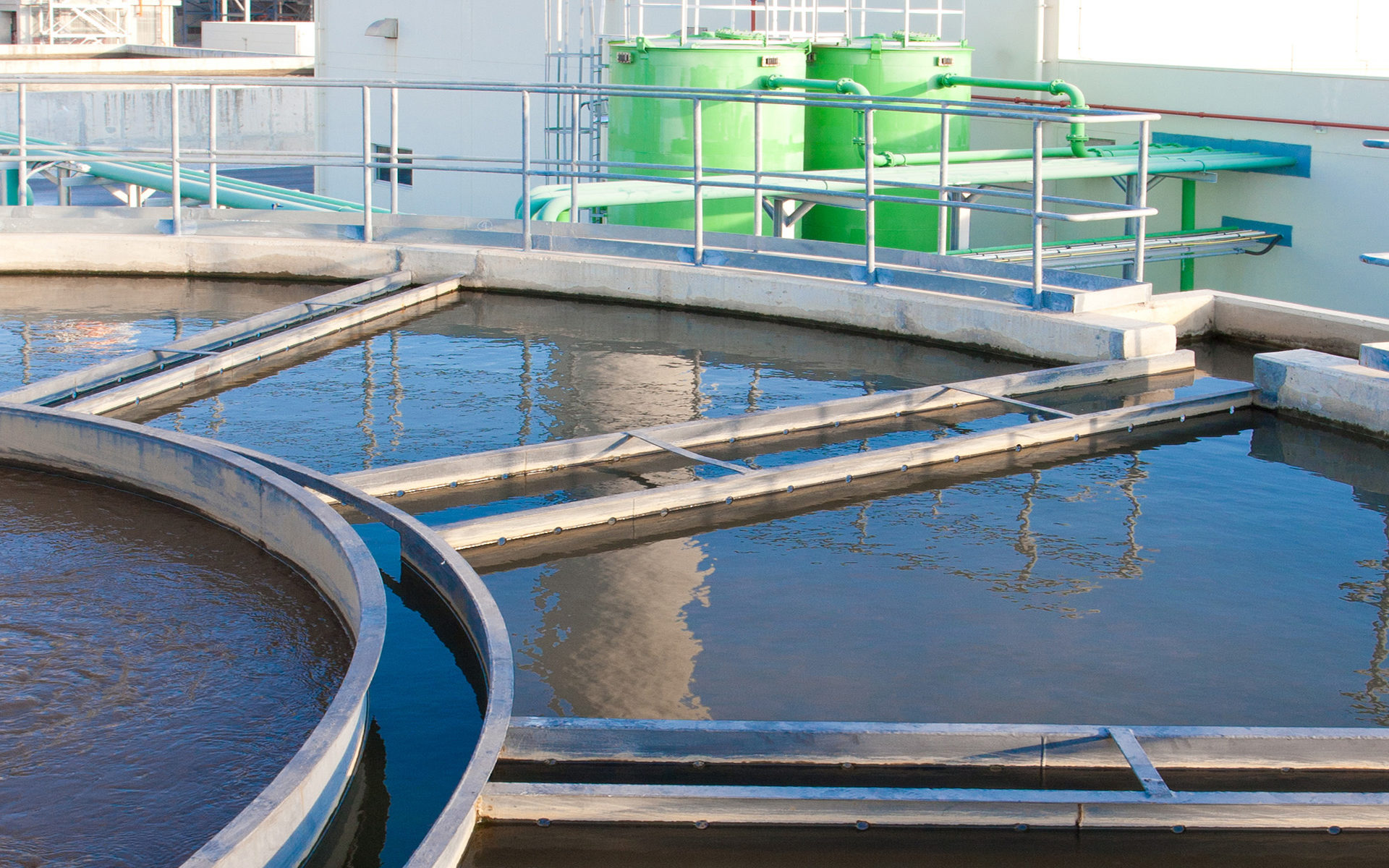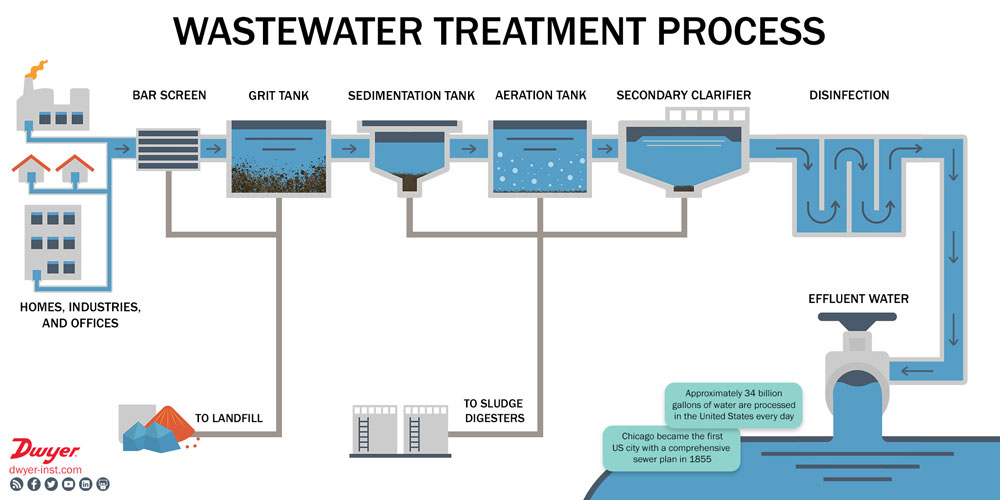
Every day, billions of gallons of wastewater are collected from our homes, businesses, and industries. Wastewater is exactly what it sounds like: water that has already been used and disposed of via a tub, toilet, sink, or storm drains. Because it is full of contaminants that make the water no longer suitable for use, it is collected in the sewer system and delivered to plants for treatment to make the water safe to be returned to the environment.
 Before modern sewer systems and treatment plants, sewage was dumped into waterways and used a natural process of purifying the water. The volume of clean water helped to dilute the concentration of waste, then bacteria and other small organisms in the water helped to expend the waste, converting it into new bacterial cells. This natural process took quite a bit of time, meaning that it only worked for populations up to a certain density. As populations and use of water increased, the need for wastewater turnaround increased as well. The objective of modern wastewater treatment is to speed up the natural processes by which water is purified.
Before modern sewer systems and treatment plants, sewage was dumped into waterways and used a natural process of purifying the water. The volume of clean water helped to dilute the concentration of waste, then bacteria and other small organisms in the water helped to expend the waste, converting it into new bacterial cells. This natural process took quite a bit of time, meaning that it only worked for populations up to a certain density. As populations and use of water increased, the need for wastewater turnaround increased as well. The objective of modern wastewater treatment is to speed up the natural processes by which water is purified.
THE PROCESS
The sewer system utilizes collection systems to gather all of the wastewater from homes, businesses, and industries. The wastewater is then directed towards a treatment plant, where the purification process begins.
1. Screening
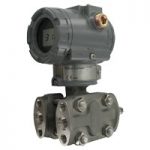
As sewage enters a plant for treatment, it flows through a screen in order to remove larger objects (such as rags and sticks) which can cause damage to the equipment or clog pipes.
2. Grit Tank
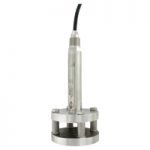
After the wastewater has been passed through the screening process, it is sent through a grit chamber, which allows for sand and small stones to sink and settle at the bottom of the tank. In areas where it is likely that storm water will wash sand or gravel into the sewer systems, this part of the process is especially important.
Any solid waste that is collected in the screening and grit tank processes is transported to landfills to be disposed of.
3. Sedimentation Tank (Primary Clarifier)
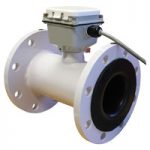
The next step of the treatment process allows for minute suspended particles to be removed from the wastewater. When going through the sedimentation tank, the flow velocity is reduced, allowing these suspended solids to slowly settle to the bottom of the tank.
4. Aeration Tank

The aeration process introduces microorganisms into the wastewater in order to consume any remaining organic matter. Oxygen is pumped into the tank, followed by a small amount of activated sludge. This helps to fuel the growth of bacteria that uses oxygen, thus creating more microorganisms to consume more organic matter.
5. Secondary Clarifier

In the secondary clarifier, the bacteria-activated sludge settles to the bottom of the tank, which is then sent back to the aeration tank to continue the process. The process between the aeration tank and the secondary clarifier can last roughly 3 to 6 hours in order to best treat the remaining water.
Any solid matter that is collected from the primary clarifier, aeration tank, and secondary clarifier processes are sent to sludge digesters. These digesters treat the waste for a month, where it goes through anaerobic digestion. This is a month-long process that produces methane gas and nutrient rich bio-solids. The methane gas can be used as a source of energy at the treatment plants, while the bio-solids can be recycled and applied as fertilizer to improve and maintain productive soils and stimulate plant growth.
6. Disinfection
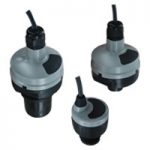
During the final step of the wastewater treatment process, the water is disinfected in order to eliminate any remaining and potentially toxic pathogens in the water. Chlorine is mixed into the wastewater as it passes through the disinfection tanks. If done properly, this process kills off more than 99% of harmful bacteria, making the effluent water safer for the humans and animals that it comes in contact with.
Wastewater treatment is becoming increasingly imperative to environmental conservation. This vital process prevents pollution of waterways, keeps the environment clean, and ensures years to come of one of our most important natural resources… water.

